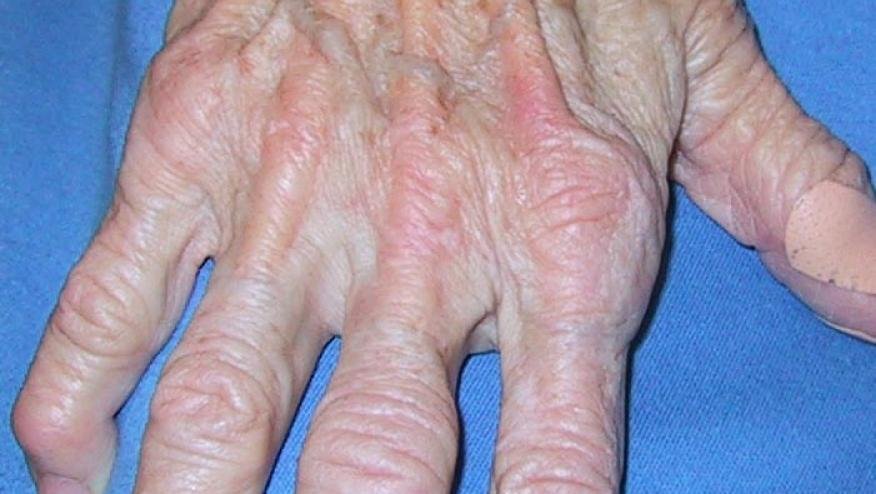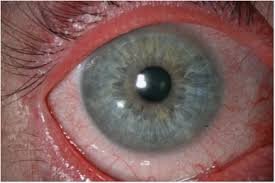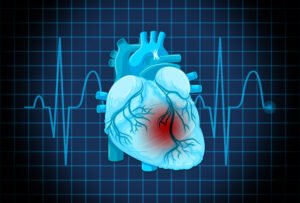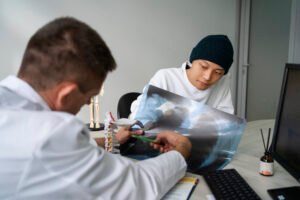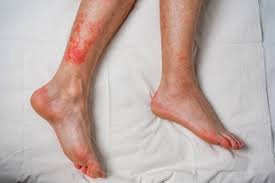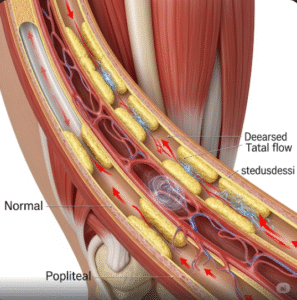Overview
Heberden’s nodes are bony swellings that develop on the distal interphalangeal joints (near the fingertips), often associated with osteoarthritis. They are a common sign of joint degeneration, particularly in older adults.
In Korea, patients with Heberden’s nodes are evaluated in rheumatology and orthopedic clinics, where both conservative management and surgical options are available to relieve pain and maintain joint function.
What are Heberden’s Nodes?
Heberden’s nodes are hard, bony enlargements of the finger joints, typically occurring in people with osteoarthritis. They may cause stiffness, reduced mobility, and mild discomfort, affecting daily activities such as writing, typing, or gripping objects.
Symptoms
- Hard, bony swellings on the tips of fingers
- Stiffness or reduced joint flexibility
- Mild pain or tenderness around affected joints
- Occasional redness or inflammation
- Difficulty performing fine motor tasks
Causes
- Degeneration of cartilage in the distal interphalangeal joints
- Osteoarthritis progression
- Genetic predisposition
- Age-related wear and tear of joints
Risk Factors
- Age over 40 years, especially women
- Family history of osteoarthritis or Heberden’s nodes
- Previous finger injuries
- Repetitive hand use or manual labor
- Obesity (increasing joint stress)
Complications
- Chronic joint pain and stiffness
- Reduced dexterity and hand function
- Secondary inflammation or swelling in nearby joints
- Cosmetic concerns for some individuals
- Rarely, severe osteoarthritis requiring surgical intervention
Prevention
- Maintain a healthy weight to reduce joint stress
- Engage in regular hand exercises and stretching
- Avoid repetitive strain injuries
- Use ergonomic tools for work and daily activities
- Early medical consultation if finger stiffness or pain develops
Treatment Options in Korea
Diagnosis
- Physical examination of affected finger joints
- X-rays to assess joint space narrowing and osteoarthritis progression
- Blood tests to rule out inflammatory arthritis if necessary
Medical Treatments
- Pain relief with NSAIDs or acetaminophen
- Topical creams or gels for localized relief
- Splints or finger supports to reduce strain
- Lifestyle advice on joint care and exercise
Surgical or Advanced Therapies
- Rarely, joint surgery (arthroplasty or fusion) for severe cases
- Minimally invasive procedures for persistent pain or deformity
- Korean orthopedic centers provide specialized hand surgery services
Rehabilitation and Support
- Hand physiotherapy for strength and mobility
- Occupational therapy for adapting daily activities
- Education on joint protection techniques
- Long-term follow-up to monitor osteoarthritis progression

